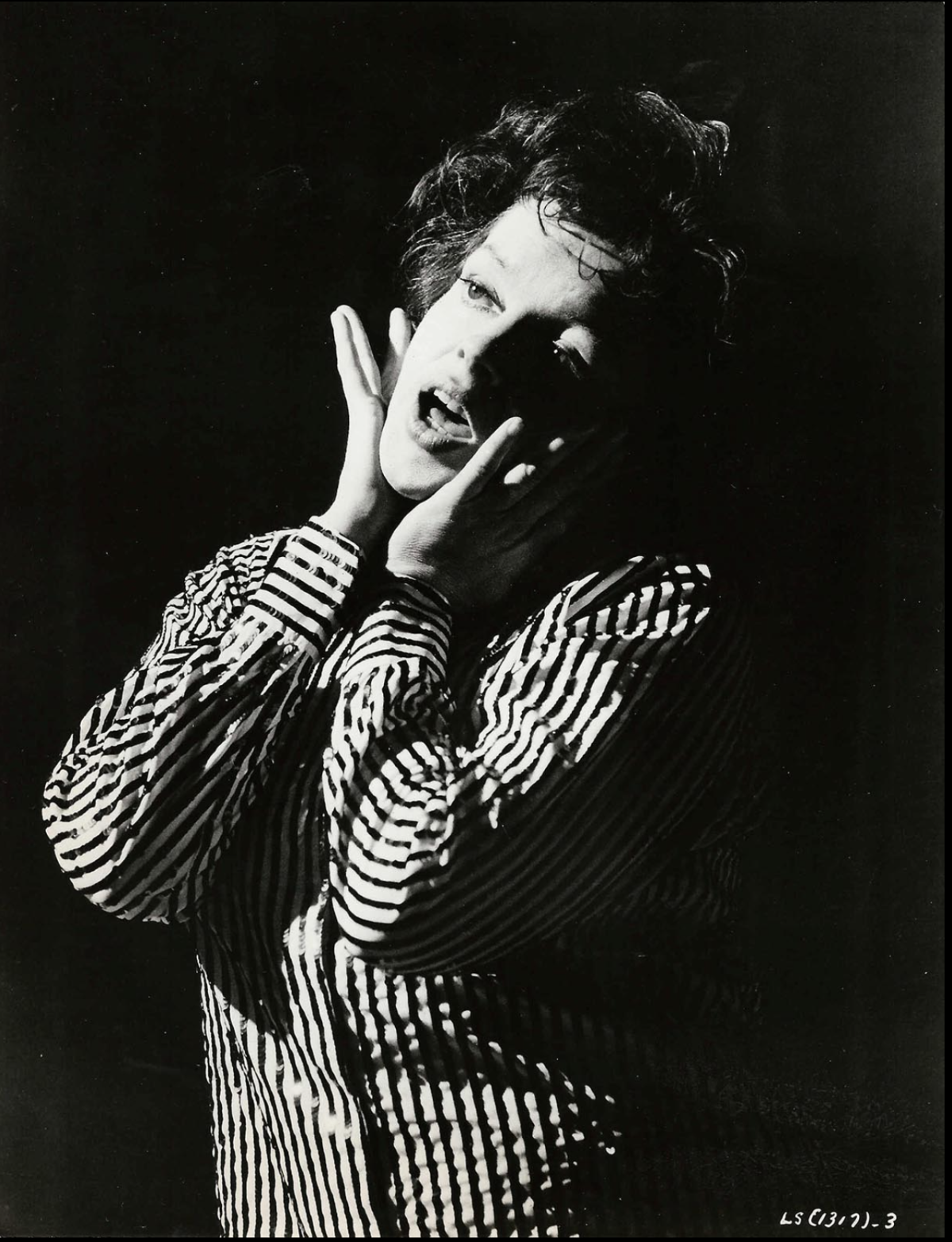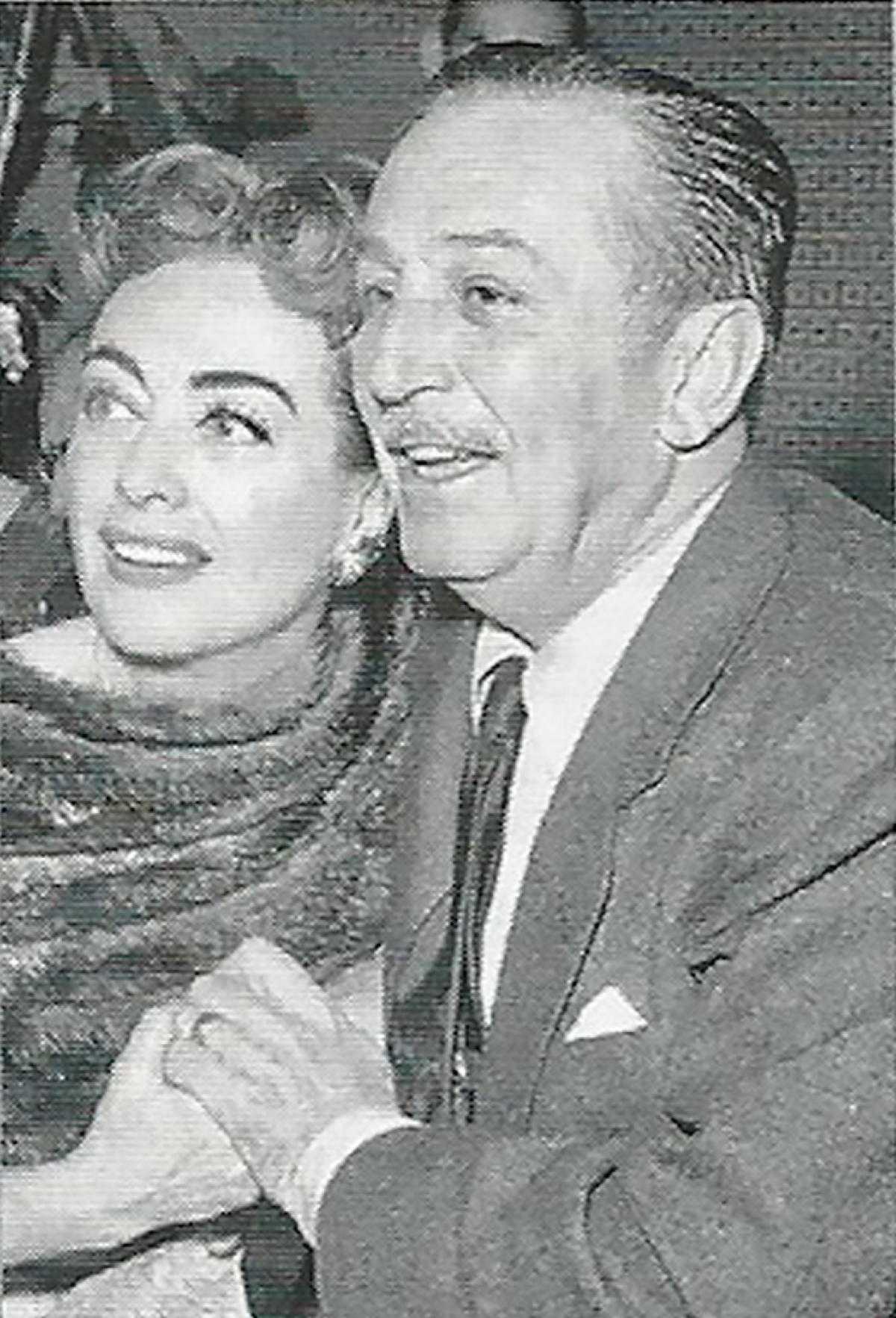Hollywood Movie Memorabilia

Judy Garland & Gay Pride
In honor of Gay Pride month and the LGBTQ+ community, West Hollywood will designate June 10th (Garland’s 103rd birthday) as its official “Judy Garland Day”.
The ribbon cutting ceremony, hosted by West Hollywood ‘s Mayor and Chamber of Commerce, acknowledges Garland’s legacy and the support thi…

“THE WOMEN” of the Silver Screen
| Celebrating Women’s HistoryI Film, Film & Movie Star Photographs, Hollywood History, Movie Memorabilia, Star Power, Vintage Original Publicity Photographs, Vintage Original Studio Photographs
CELEBRATING “WOMEN’S HISTORY MONTH”
March is Women’s History Month with the theme for 2025 being “Moving Forward Together! Women Educating & Inspiring Generations.”
It celebrates the collective strength and influence of women who have inspired generations and&nb…

A Big Star and A Small World
| Celebrity Photographs, Film & Movie Star Photographs, Hollywood History, Movie Memorabilia, Star Power
Brought to you by Walt Disney and Joan Crawford
Walter Film’s Holiday Blog offers the heartwarming tale of how one of the most inclusive and friendly places, Walt Disney World, continues to delight both young and old, year after year, by sharing Walt Disney’s singular vision, “To make peo…

Hollywood Movie Memorabilia
One of WalterFilm’s website “Collections” is titled “Hollywood Movie Memorabilia.” And while the term Memorabilia has a simple definition, “objects treasured for their memories or historical interest”, it doesn’t quite define or describe what Walter’s Hollywood Movie Memorabilia offers.

Movie Merchandising – He’s A Doll!
Motion picture studios left no stone unturned in their quest to market their movies. Therefore, movie merchandising, which reached its apex with films like STAR WARS, started with the dawn of film. Just like female stars, male stars were presented in doll form during the height of their popul…

The Essence of WalterFilm.com
| Film & Movie Star Photographs, Film Noir, Film Scripts, Hollywood History, Movie Memorabilia, Movie Posters, Vintage Original Movie Scripts & Books, Vintage Original Publicity Photographs, Vintage Original Studio Photographs
WalterFilm.com was never meant to be a large website, it was intended to be an exclusive boutique featuring some of the greatest objects Walter Reuben could find. A website that would appeal to him as a collector of “movie memorabilia” – reflecting his own personal tastes and interests.
H…
